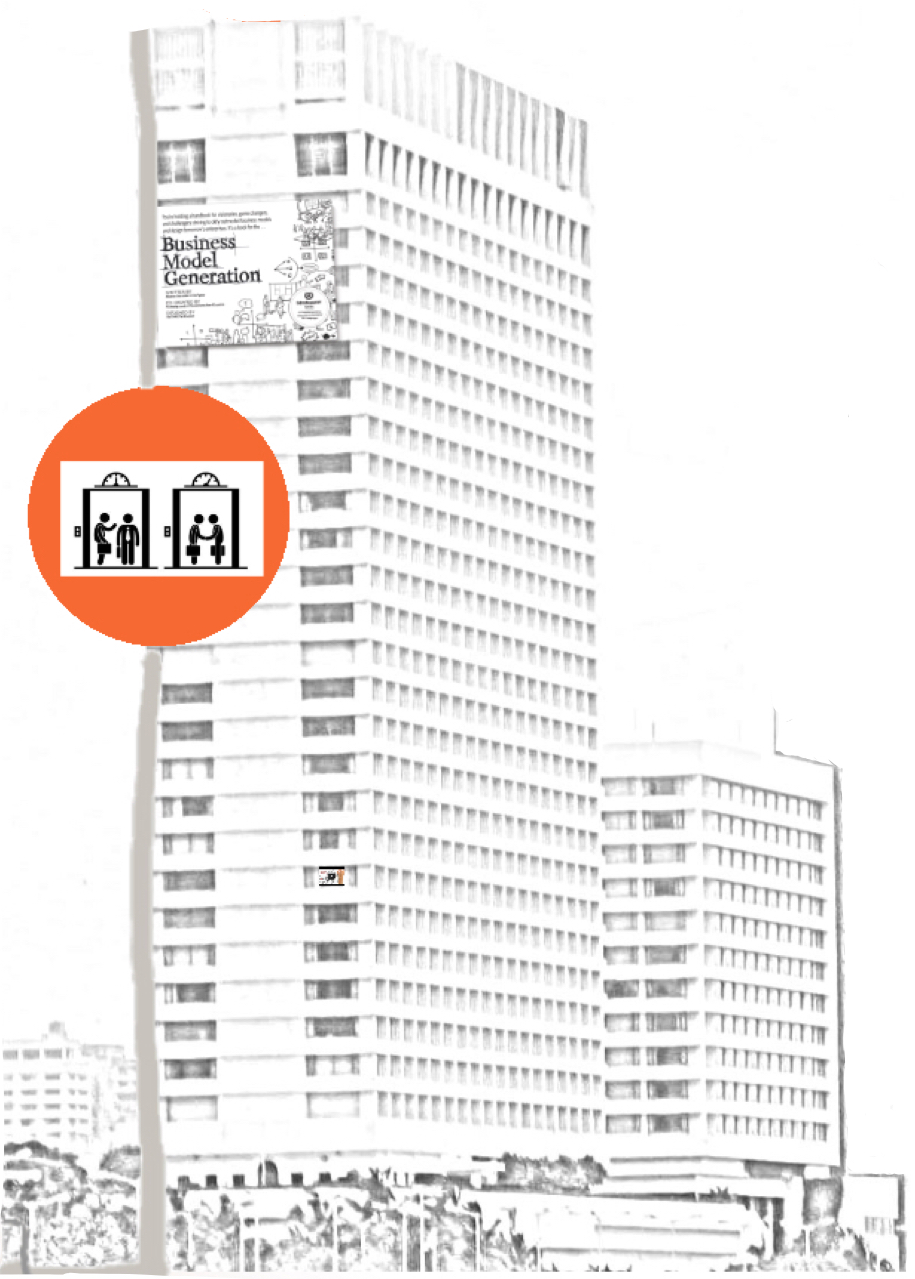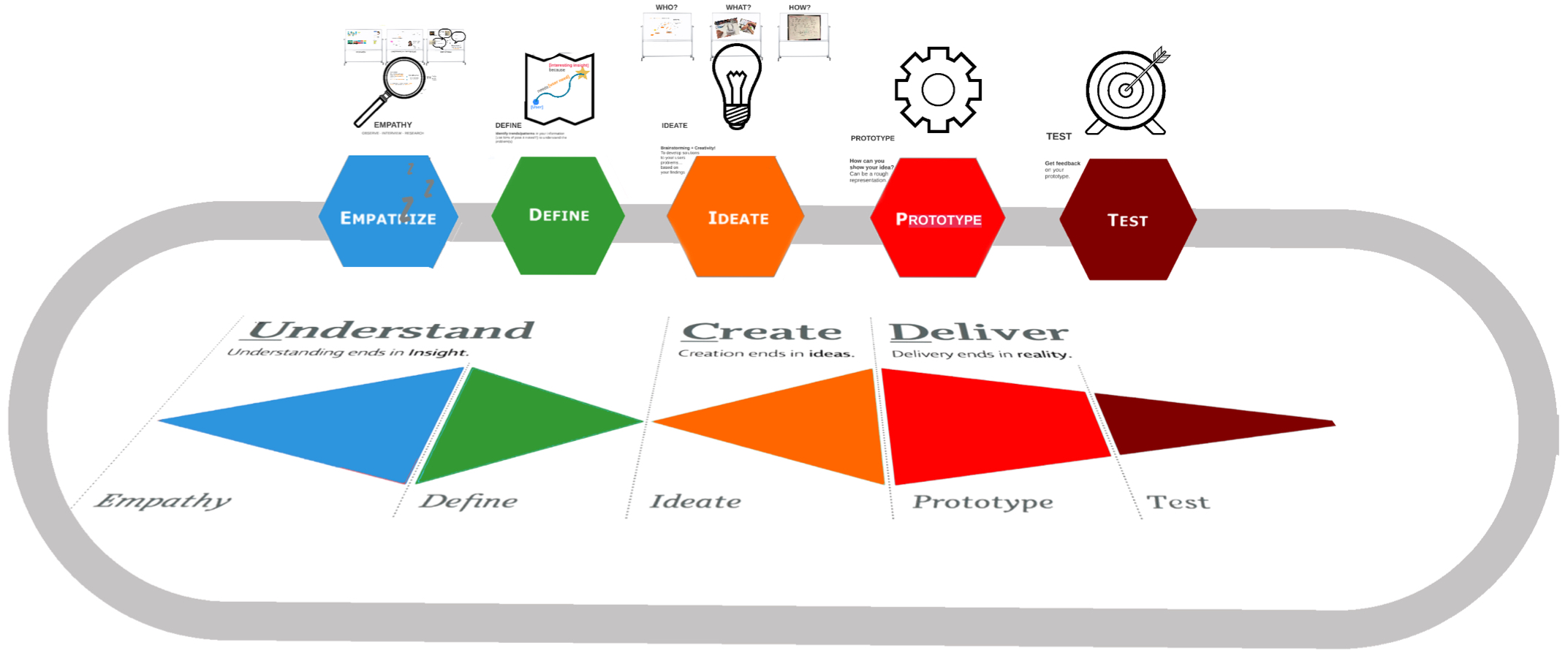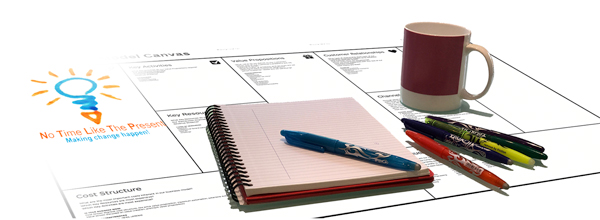
Is there a problem to be solved?
This could be the single most important question you ask yourself or your Team!
Time is one of our most valuable resources, so use it wisely. How often have entrepreneurs (and large organisations) spent weeks and months developing detailed business plans… only to be stunned by the poor uptake on their new idea. Even worse you could be faced with the dilemma, whether to “pivot or persevere”- maybe clinging-on, hoping your novel idea will take traction one day – much to the annoyance of the key investors and stakeholders. If only you had answered this question before you committed to your 3 year plan, P&L, projected Cash Flow and Balance Sheet!
This question is different than the WHY? It involves getting up close and personal with the real opportunity.
Action speaks louder than words and as Steve Blank says “you gotta get out of the building and see if there is a problem to be solved”!
Here are a few steps that could save you a lot of time and money.

The Elevator Pitch is your first acid test:
Firstly you need to develop your elevator pitch using the five simple questions below. If you were sitting in a public space, say a cafe… your elevator pitch should be so simple and clear that if you introduced yourself to a stranger the other side of the cafe – they should immediately understand your pitch. In technology sectors we call this “the Dad Test”.
Try it now – even if you have been in business for years.
Use these 5 questions to come up with your pitch:
- What’s the Problem?
- Who has the problem?
- How are people currently solving the problem?
- What’s your solution?
- Why is it better?
Now ask a colleague to do the same. Compare your pitches – interesting!
The norm suggests your elevator pitch should be 50-60 seconds. This sounds easy, however in practice we can tend to ramble off point and give the wrong impression.
Before you decide on your final version I suggest the following:
- Try saying all you’ve got to say in 60 seconds;
- Now try in 15 seconds!
- Next try 30 seconds;
- Now get the balance for your final version and it should be between 15 and 50 seconds! Remember you’re aim is not to get the person to get out their wallet or buy on the spot… it’s just to open the door a chink and make them curious to explore more!

Stage two – Gain Empathy:
The “Empathy” stage used in the IDEO Design Thinking Process is particularly useful.
The five stages are:
- EMPATHY (Observation, Interview, Research Bodystorm)
- DEFINE ( [USER] needs [user needs] because [interesting insight] “A day in the life”)
- IDEATE (Brainstorming + Creativity workshops etc)
- PROTOTYPE (How can you show your idea, mock-up or MVP as quickly as possible and on a small budget).
- TEST (Get feedback on your prototype) PIVOT or PERSEVERE

However the EMPATHY STAGE is the most critical. The larger the organisation often the more research available, however it is the one-to-one interviews, observations and body storming that reveals the best opportunities. Working on a recent project I was totally stunned when I just went out purely to “observe”. We did a complete PIVOT based on un-biased observations and as a result it lead to the real problem to be solved – a bit like Mr Toyota’s 5 Whys (Route cause analysis).
This process also allows you to explore the tacit knowledge – knowledge that is difficult to transfer to another person by means of writing it down.
Stage 3 – The Business Model Canvas (BMC):
This is were it all comes together. The BMC is the “plan before the plan”. Essentially the process brings you through the key building blocks of how your idea or business will make money.
- Customer Segments
- Value Propositions
- Channels
- Customer Relationships
- Revenue Streams
- Key Resources
- Key Activities
- Key Partnerships
- Cost Structure

Explore further:
The best way to address stage 2 and 3 is to get out those post-its and run a creative workshop or design sprint using the learn start-up approach (even if you are a global entity). Remember – Build your MVP / prototype, Measure and Learn before you commit to large CAPEX!!!
If you’re interested in any of the above or would like help we are happy to explore further. Just contact james@ntltp.com!
Click here to Explore further!

